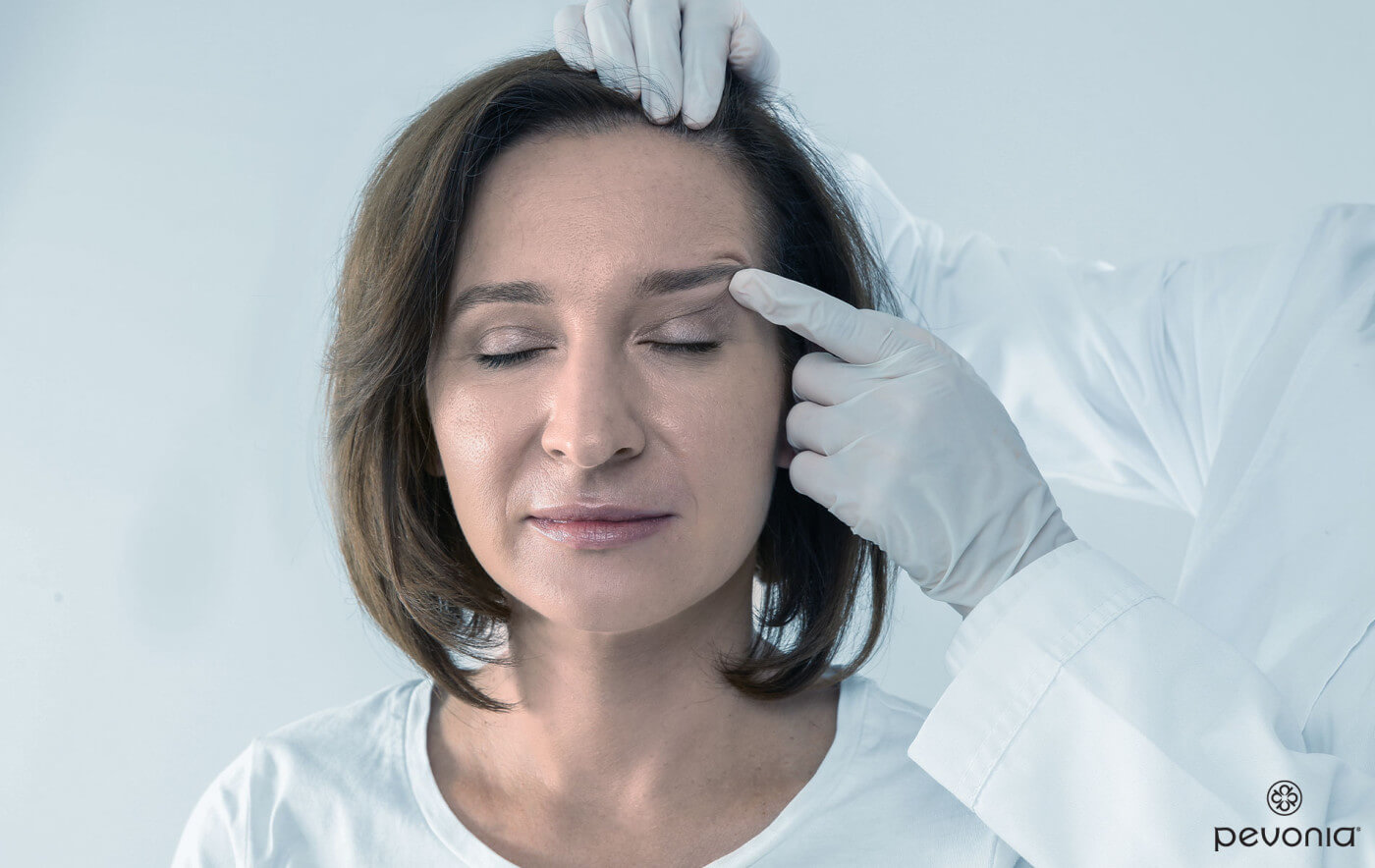
Ask The Doctor
Q: Is dermaplaning good for your face? Is dermaplaning the same as shaving?
A: As a doctor, my concern is always about skin health and safety, so allow me to answer in this context. First, let us discuss the process and benefits of a dermaplaning facial. What dermaplaning does: These non-invasive treatments utilize a dermaplaning tool, called a dermatome, much like a scalpel or straight-edge razor, to remove the fine, vellus hair, also known as peach fuzz, from the skin and exfoliate the outermost layer. Like all forms of exfoliation, as we remove superficial dead skin cells, it signals the deeper layers of the skin to replenish the top layers, helping encourage more rapid and even cell turnover. Benefits of dermaplane facial treatments: They can reduce dullness and roughness and minimize the appearance of acne scars, actinic keratoses (rough, scaly patches on the skin), wrinkles, and sun damage.
Is dermaplaning safe? While some people may experience breakouts, burning, and irritation immediately afterward, professionally rendered dermaplaning is safe for most people. However, if you are prone to breakouts, cold sores, eczema, and rashes, or have moles, skin tags, and psoriasis, I recommend discussing your plans with your doctor. Dermaplaning at home should be fine so long as you have a light, steady hand and take measures to prevent cutting yourself or damaging your skin. However, for the most part, we advise leaving it in the hands of a licensed skin therapist or dermatologist for safer and better results. What does dermaplaning do for the skin? When you see a dermaplaning before and after, the smooth, hair-free skin is very noticeable. Removing the dulling dead skin cells makes the skin appear more radiant and essentially clears a path for serums and high performing moisturizers to penetrate deeply, yielding better results. Make-up wearers indicate that their foundation goes on more smoothly. Is dermaplaning worth it? That depends on the individual. Keep in mind that the superficial results are largely temporary, and while the hair does not grow back thicker, the regrowth will feel like stubble due to the blunted, angled hair ends. To maintain the results, you will have to repeat it as often as once a week to monthly.
A few words of caution for those who wish to proceed:
- Clean or sanitize and replace your blades frequently.
- Do not dermaplane over active breakouts or cold sores, as it will spread the infection.
- Cleanse the area to be treated with a gentle cleanser and wait to dermaplane until the skin is completely dry.
- Keeping your blade at a 45-degree angle and holding the skin taut, use short strokes to prevent nicks.
- Follow with a calming, antibacterial face serum and a fragrance free gentle moisturizer (no exfoliating acids or Retinol post-dermaplaning) to help prevent breakouts and redness and protect your skin barrier.
- Last but not least, it is recommended to apply a high-quality sunscreen after dermaplaning to keep the delicate skin safeguarded from UV rays.
Q: What are silicone face patches? How do silicone patches work? Are they safe and effective?
A: Questions regarding what silicone patches are, how they work, and their safety and effectiveness come up frequently. What are silicone patches? They are patches made of silica, carbon, hydrogen, and oxygen and may appear as cyclomethicone, dimethicone, cyclopentasiloxane, or cetearyl methicone. They are used to cover scars, wrinkles, etc. What do silicone patches do? Due to their occlusive nature, they prevent water evaporation from the epidermis, known as transepidermal water loss (TEWL), essentially trapping water in this outermost layer of the skin. This action temporarily creates a hydrating, smoothing, softening, and plumping effect. Are silicone patches effective? Overall, their effectiveness depends on the desired goal. What do silicone patches do for wrinkles? Studies show that silicone can help stimulate fibroblasts, which promote collagen production, strength, and elasticity in the skin. However, these effects are found to be short-lived and do not produce long-lasting wrinkle-reducing results. But, using silicone patches before a special event will help smooth fine lines and other imperfections.
What do silicone patches do for scars? A study on people with raised hypertrophic and keloid scars noticed improved color, elasticity, and thickness after use. The patches’ ability to seal in moisture and protect the skin from environmental aggressors makes them suitable for promoting post-surgery wound healing to help prevent or reduce scar formation. While they cannot eliminate old scars and stretch marks entirely, they work best at keeping the skin flat under constant pressure, while creating a micro-environment that is conducive to enhanced skin repair. Are silicone patches safe? Due to the controversy surrounding silicone breast implants, concern regarding the safety of patches is understandable. However, the FDA and the Cosmetic Ingredient Review Expert Panel have deemed silicone in patches and the dimethicone form in moisturizers to be safe. They concluded this based on the fact that silicone used in the patches is not found to interact with the epidermis, nor is it likely to penetrate the skin’s protective barrier.
However, their safety depends on the ingredients used by the patch manufacturers. If you decide to try them, choose patches made with medical-grade silicone from a trusted brand. Should burning, hives, itching, redness, or swelling occur, this could be due to an unexpected reaction or allergy and should be discontinued. Also, follow the manufacturer’s instructions, as all wrinkle patches are not reusable indefinitely. Acne sufferers should exercise caution and speak to their dermatologist before using patches, as any skin residue on them can become contaminated with bacteria, and some may contain pore-clogging ingredients that could exacerbate breakouts. If you are acne-prone, non-occlusive moisturizing ingredients like Hyaluronic Acid work better to promote repair. As some patches contain irritating adhesives, extra-sensitive skin types may fare better with natural skin care products featuring Squalane and ceramide-rich Jojoba and Safflower Oils.
